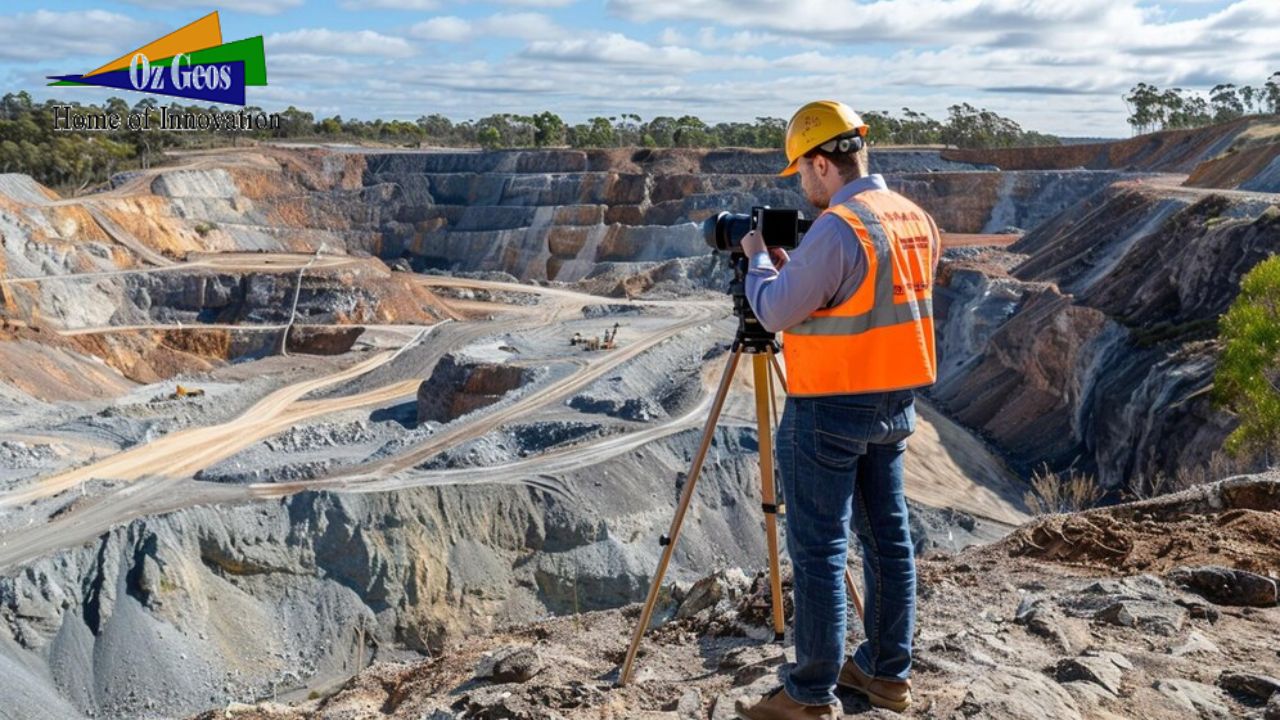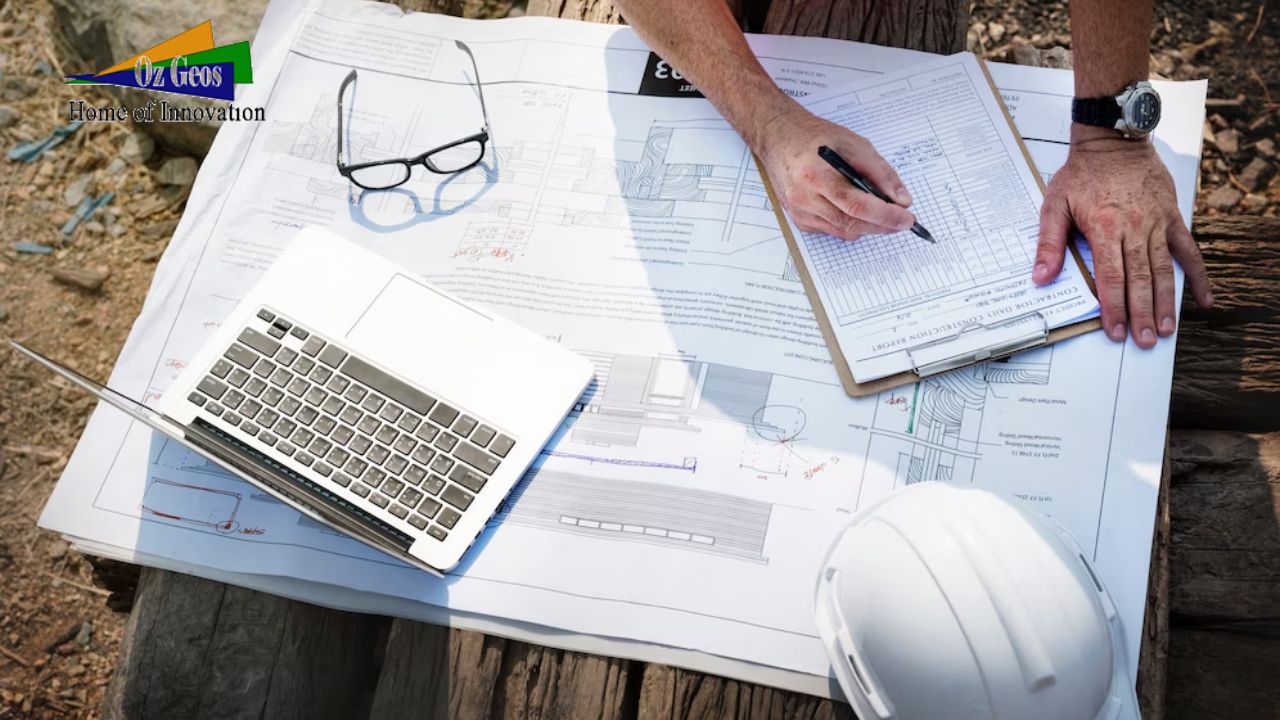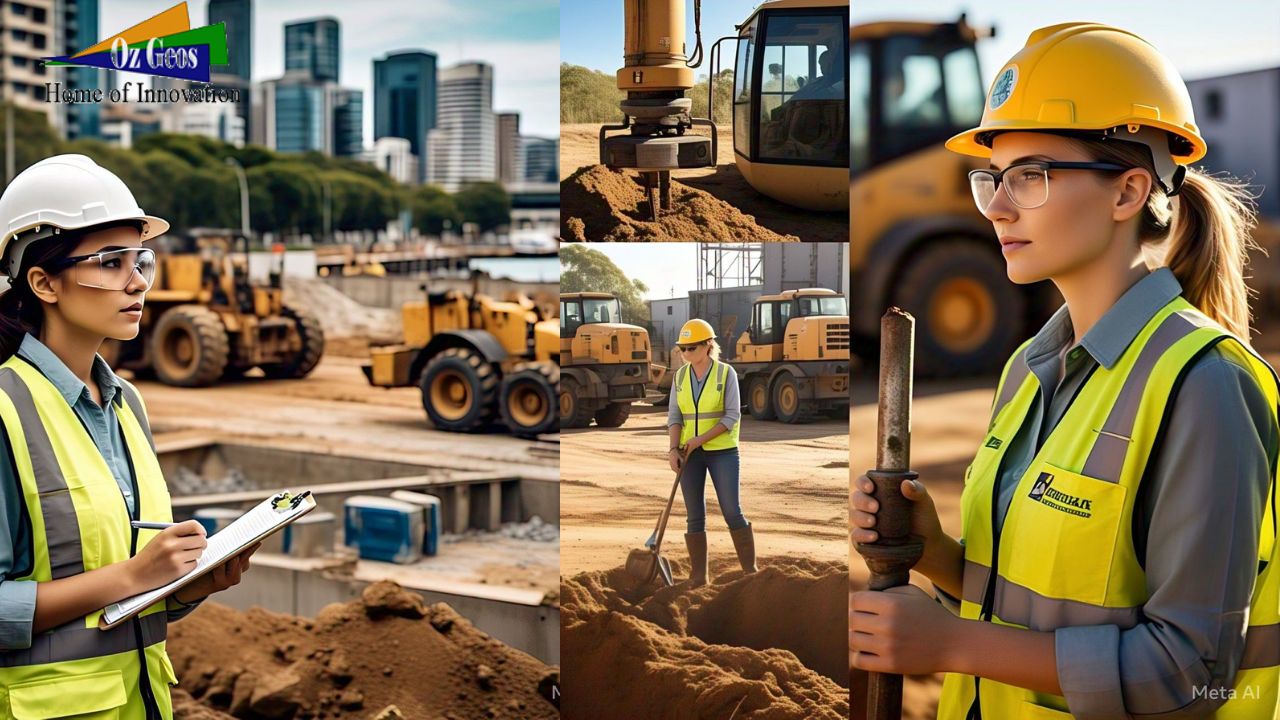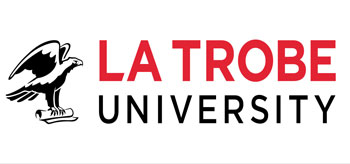Five Essential Geotechnical Tests for Successful Engineering Projects
In the domain of structural designing, geotechnical examinations are fundamental to the security and outcome of any development project. Whether it’s a transcending high rise, a scaffold traversing a stream, or a private structure, it is critical to comprehend the ground conditions. At OzGeos, we spend significant time in exhaustive geotechnical and primary designing arrangements, guaranteeing that each undertaking is based on a strong groundwork. The following are five fundamental geotechnical tests that assume a basic part in assessing site conditions and directing plan choices.
1. Soil Exhausting and Examining
Soil exhausting and examining are central to any geotechnical examination. This interaction includes penetrating boreholes into the ground to gather soil tests at different profundities. These examples are then examined in a lab to decide soil piece, thickness, dampness content, and other basic properties. By understanding the dirt profile, specialists can plan establishments that are fitting for the particular ground conditions, guaranteeing solidness and life span.
2. Standard Entrance Test (SPT)
The Standard Entrance Test (SPT) is a broadly utilized strategy to survey the subsurface soil properties. During a SPT, a split spoon sampler is crashed into the ground at the lower part of a borehole utilizing a normalized hammer. The quantity of blows expected to drive the sampler a specific distance gives a proportion of soil obstruction, known as the N-esteem. This worth is significant for deciding soil strength and anticipating how the dirt will act under load.
3. Cone Infiltration Test (CPT)
The Cone Entrance Test (CPT) is one more imperative device in geotechnical examinations. This test includes pushing a cone-formed penetrometer into the ground at a consistent rate. Sensors inside the cone measure protection from infiltration and give constant information on soil properties like tip opposition, sleeve contact, and pore water pressure. The CPT is especially helpful for recognizing soil separation and deciding the overall thickness and strength of granular soils.
4. Triaxial Shear Test
The Triaxial Shear Test is directed in a research center setting to decide the mechanical properties of soil, like shear strength and solidification qualities. In this test, a barrel shaped soil test is exposed to controlled pressure conditions to recreate the pressure conditions it will insight in the field. By dissecting the example’s reaction to these tensions, architects can anticipate how the dirt will perform under different burdens, which is basic for planning stable establishments and earth-holding structures.
5. Ground Infiltrating Radar (GPR)
Ground Infiltrating Radar (GPR) is a painless geophysical technique used to identify and plan subsurface elements. By producing high-recurrence radio waves into the ground and breaking down the reflected transmissions, GPR can uncover the presence of covered objects, voids, changes in material, and different abnormalities. This test is priceless for recognizing expected perils and guaranteeing that development exercises don’t upset existing underground utilities or designs.
Conclusion
At OzGeos, we comprehend that exhaustive geotechnical testing is the foundation of protected and effective designing tasks. By utilizing these fundamental tests, we give our clients precise and solid information, empowering them to settle on informed choices and configuration structures that go the distance. Whether you’re leaving on another development project or assessing a current site, trust OzGeos to convey the geotechnical mastery you really want.
For additional data about our administrations and how we can help with your geotechnical and primary designing requirements, visit our site at OzGeos.































